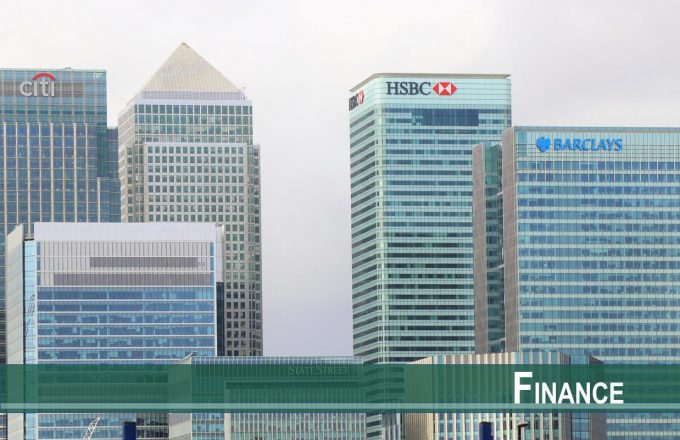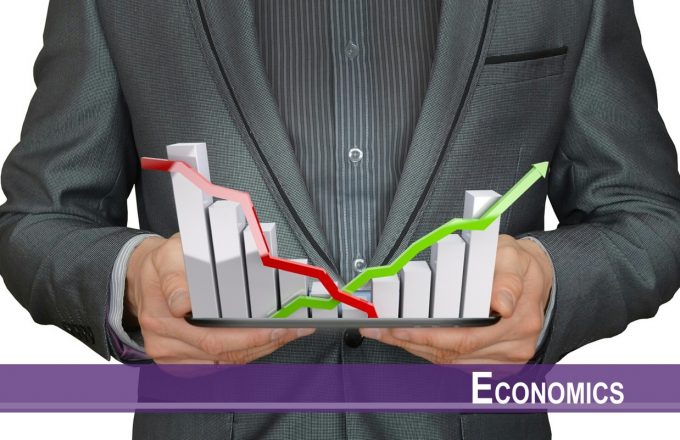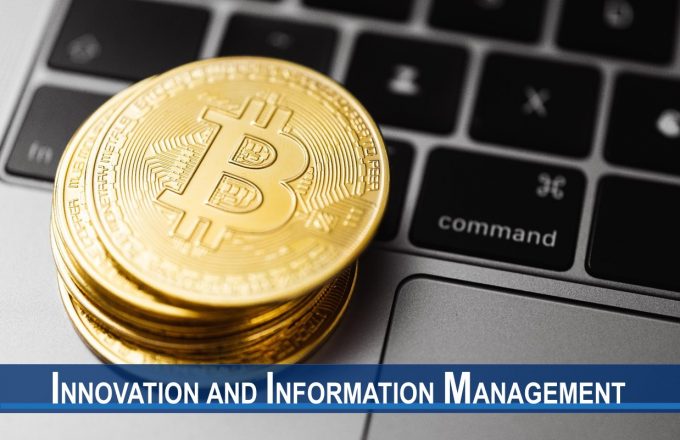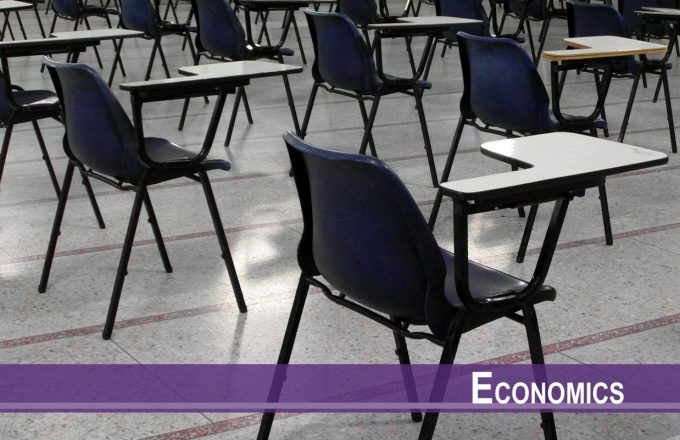We investigate how communication within banks affects small business lending. Using travel times between a bank’s headquarters and its branches to proxy for the costs of communicating soft information, we exploit shocks to these travel times—the introduction of new airline routes—to evaluate the impact of within-bank communication costs on small business loans. We find that reducing headquarters-branch travel time boosts small business lending in the branch’s county. Several extensions suggest that new airline routes facilitate in-person communications that boost small-firm lending.
December 2020
The Review of Financial Studies
Does the predeal geographic overlap of the branches of two banks affect the probability that they merge, postannouncement stock returns, and postmerger performance? We compile information on U.S. bank acquisitions from 1984 through 2016, construct several measures of network overlap, and design and implement a new identification strategy. We find that greater predeal network overlap (1) increases the likelihood that two banks merge; (2) boosts the cumulative abnormal returns of the acquirer, target, and combined banks; and (3) reduces employment, boosts revenues, reduces the number of branches, improves loan quality, and expedites executive turnover.
November 2020
Management Science
Macroeconomists failed to predict the Great Recession, suggesting that the existing macroeconomic models may have been misspecified. Bearing in mind this potential misspecification or “model uncertainty,” how do agents’ optimal decisions change? Furthermore, how large are the welfare costs of model misspecification? To shed light on these questions, we develop a tractable continuous-time general equilibrium model to show that a fear of model misspecification reduces both the equilibrium interest rate and the relative inequality of consumption to income, making the model’s predictions closer to the data. Our quantitative analysis shows that the welfare costs of model uncertainty are sizable.
November 2020
The Economic Journal
早期研究显示,社交媒体上的讨论有助于预测金融市场的价格走势。随着社交媒体数据量的不断增加,如何有效地从海量的杂讯中抽取有价值而相关的资料,是一门重要的课题。我们透过研究比特币市场,分析社交媒体的情绪与价格变化的关系以及网络凝聚力在此关系中所起的作用。由于网络凝聚力与讨论网络内的信息相关性相关,我们假设相对凝聚力较高的网络,凝聚力较低的社交媒体讨论网络更能准确预测翌日的回报。我们使用从Bitcointalk.org收集到的数据,以回归分析及模拟交易的方法,印证了我们的假设。透过分析社交媒体在金融市场所扮演的角色,我们的研究丰富了相关的文献,亦为根据社交媒体的信号作交易的投资者提供实用的见解。
October 2020
Journal of Management Information Systems
China's civil examination system (keju), an incredibly long-lived institution, has a persistent impact on human capital outcomes today. Using the variation in the density of jinshi—the highest qualification—across 278 Chinese prefectures in the Ming-Qing period (c. 1368–1905) to proxy for this effect, we find that a doubling of jinshi per 10,000 population leads to an 8.5% increase in years of schooling in 2010. The persistent effect of keju can be attributed to a multitude of channels including cultural transmission, educational infrastructure, social capital, and to a lesser extent political elites.
October 2020
The Economic Journal
Digital ads often display video content in which immobile products are presented as if they are moving spontaneously. Six studies demonstrate a speed-based scaling effect, such that consumers estimate the size of an immobile product to be smaller when it is animated to move faster in videos, due to the inverse size–speed association they have learned from the domain of animate agents (e.g., animals, humans). Supporting a cross-domain knowledge transfer model of learned size–speed association, this speed-based scaling effect is (1) reduced when consumers perceive a product’s movement pattern as less similar to animate agents’ movement patterns, (2) reversed when a positive size–speed association in the base domain of animate agents is made accessible, (3) attenuated for consumers who have more knowledge about the target product domain, and (4) mitigated when explicit product size information is highlighted. Furthermore, by decreasing assessed product size, fast animated movement speed can either positively or negatively influence willingness to pay, depending on consumers’ size preferences.
September 2020
Journal of Marketing
This paper examines the effect of CEOs’ outside opportunities on the use of relative performance evaluation (RPE) in CEO compensation. My tests exploit the staggered rejection of the Inevitable Disclosure Doctrine (IDD) by US state courts as an exogenous increase in CEOs’ outside opportunities. I find that the rejection of the IDD leads to a significant increase in the sensitivity of CEO pay to systematic performance (less RPE). This increase is more pronounced for CEOs with greater labor market mobility and industries where proprietary information is more important and not related to measures of governance quality. These results suggest that firms link CEO pay to systematic performance to retain talent and ensure participation.
September 2020
Journal of Financial Economics
We study the value of commitment in a business environment that is both competitive and uncertain, in which two firms face stochastic demands and compete in positioning and repositioning. If the future demand tends to disperse or the demand uncertainty is sufficiently large, one firm chooses rigidity (i.e., commits not to change its positions), and the other chooses flexibility (i.e., to reposition freely). We find that a firm’s rigidity can benefit not only itself, but also its flexible rival. When uncertainty is larger, rigidity becomes more valuable relative to flexibility. These results arise because the asymmetric equilibrium generates two collective gains in addition to the usual individual gain (in terms of competitive advantages) accrued to the committing firm. A firm’s rigid repositioning can soften competition and generate a commitment value, and the other firm’s flexible repositioning generates an option value. Both values then spill over to competitors within the ecosystem. These results suggest that, when firms compete under uncertainty, commitment and options are valuable not only for the party that is making the choice, but also for all competing parties collectively. Commitment value and option value do not have to be mutually exclusive; they can coexist and even strengthen each other through unilateral commitment, which achieves the best of both strategies.
September 2020
Management Science
We propose that investor beliefs frequently “cross” in the sense that an investor may like company A but dislike company B, whereas another investor may like company B but dislike company A. Such belief-crossing makes it almost impossible to construct a portfolio that is composed solely of every investor’s most favored companies. This causes the level of excitement for portfolios to be generally lower than the levels of excitement that individual companies generate among their most fervent supporters. Coupled with short-sale constraints, wherein prices are set by the most optimistic investors, this causes portfolios to trade at discounts. Utilizing several settings whereby the value of a portfolio and the values of the underlying components can be evaluated separately (e.g., closed-end funds), we present evidence supporting our proposition that, in financial markets, the “whole” is often less than the “sum of its parts.”
August 2020
Management Science

























